
Modern Chinese Woodcuts
A few years ago I picked up a book of Chinese woodcuts, written in the early 80s, put out by a state press and updated in the mid 90s. Most of the book covers the technically impressive (yet politically questionable) period around the Cultural Revolution. Lately there’s been a few new books I’ve seen that broaden the scope a little, focussing on cosmopolitan and bohemian art movements centered around Shanghai in the 20s/30s/and 40s. I just want to do a brief survey of what I’ve gleaned.

Way way back, the Chinese invented relief printing and (sorry Gutenberg) also had the 1st printing press. With that out of the way, modernist Chinese printmaking started in the early 20th century with young artists influenced by international currents in art. Particularly Kathe Kollwitz, Frans Masereel, and the German expressionists. This work was brought to CHina by a public intellectual named Lu Xun, who exhibited and published the work, and then mentored and published the work of younger Chinese artists. This style of printmaking broke with traditional Chinese printmaking by switching to oil based inks (as opposed to water-based) and by its heavy influence from Expressionism (raw, emotional, primitive looking cuts). From what I understand this was mostly centered around Shanghai during a period of intense political upheaval. The artists drifted towards anarchism, socialism and radical anti-imperialism. Many art groups/collectives sprung up, exhibited, made manifestoes; the more political the art group, the more likely they were to be imprisoned or even killed. The work itself reflects international influences but (to me) seems very indigenous and home grown, the prints are reactive to the times and conditions in China. Here’s some of my favorites:
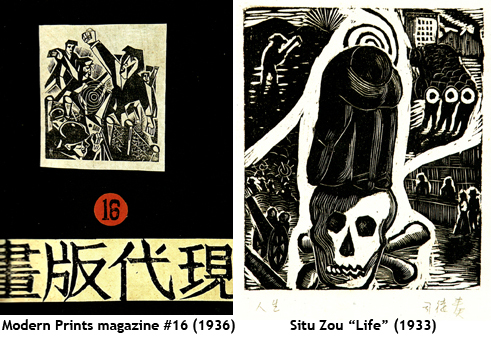
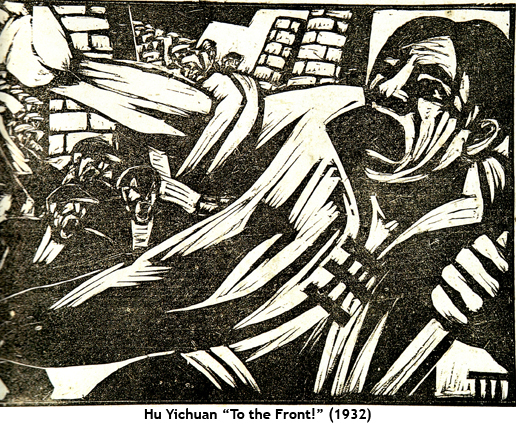
During the 30s the civil war between the nationalists and the communists intensified, and then the long war with Japan fully exploded with a major Japanese invasion in 1937 (which led to a truce between the nationalists and the communists). The left leaning artists who threw their lot in with the communists fled the city joining the liberation movement in the countryside, setting up art schools/workshops in communist controlled areas and doing propaganda work for the guerillas. Party doctrine told the printmakers to drop their western/bohemian aspirations and go back to the people. Many artists dropped their more modern influences and started to make work that reflected older Chinese printmaking traditions (becoming aesthetically similar to traditional cheap New Years prints, popular among the peasantry).


Also some work took on instructional/propagandistic comic form to overcome difference in language and literacy. Some work became more like generic communist oriented printmaking world wide: workers raising fists, young men rushing off to die in battle. Other prints were educational, about hygeine, the fight against illiteracy, and morality. Near the end of WWII there seems to be a consolidation of aesthetics- highly realistic images, bold lines.

Artists in the nationalist (Kuomintang) controlled areas still had more freedom to develop their art from the modernist Shanghai style, yet their artwork was still highly politicized.

Following the Communist consolidation of power we see the state approved art style developing. These (I think) dropped oil based ink and reflected asian printmaking forms again with technically amazing color gradients, blends, and intense detail.
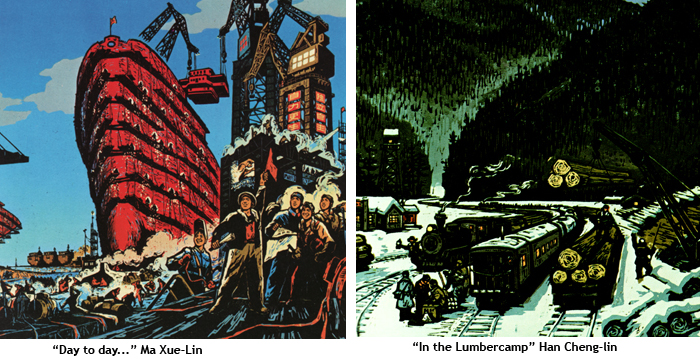


This work, from a distance of time, is surreal and grotesque. Advertising for a new state. I’m drawn to a lot of this imagery, this and stalinist monumental art work- this weird fucked up utopian dream… is this art different then fascist art work? or then western commercial advertising?

The books I referenced:
Chinese Woodcuts by Li Hua
Shanghai Modern by Hatje Cantz
Shanghai Style: Art and Design Between the Wars by Lynn Pan
Holz Schnitt Im Neuen China (West German,1976)
And finally I’d like to republish a short essay by Lu Xun (mentioned above), titled Written in the Deep of Night (1936), because I think it gives an illuminating glimpse into the time period and motivations:
One may pass by a heap of burned paper on wasteland, or inscriptions on a ruined wall and never see them. Yet each is eloquent with love, mourning or with wrath stronger then the human voice can express. And a few people do understand their meaning.
In 1931- I forget the month- the first issue of the magazine The Dipper made its appearance. It was banned soon after its birth. its first number published the woodcut of a mother with eyes closed in grief, holding her baby in her outstretched arms. This woodcut, Sacrifice, was the 1st of a series of woodcuts entitled “War”. Professor Kathe Kollwitz was the artist and this was the first of her works to be introduced to China.
I contributed this woodcut to The Dipper in memory of Rou Shi, who had been my student and friend and who had cooperated with me in introducing foreign literature to China. He had a pronounced liking for woodcuts, and once compiled three volumes of American and European works of this nature- though the printing was poor. For some unknown reason he was arrested shortly afterwards and shot, together with 5 other young writers at Longhua, Shanghai. Perhaps out of fear, or because it was forbidden, no newspaper reported these killings….
At that time, a volume of Kollwitz’ work was in the mail on the way from Europe to China. By the time it reached Shanghai, the man most interested in it was lying in the earth, though none of us knew just where. Well, I turned the pages of this volume alone. In it I found poverty, sickness, hunger, death… also, of course, struggle and bloodshed, though of the latter there was comparatively little. As in the expression of the self-portrait of the artist, so in this book there was more love and pity than hatred and wrath. To me, this self-portrait seemed representative of the mothers of all who are insulted and injured…
The 21 works on Kathe Kollwitz now published in China are proof of this, and they are of value to young Chinese artists, having much to teach us. Despite their frequent suppression, woodcuts have become very popular in China within the past five years. Among other types of graphic art we have only the works of Anders Zorn. In Kollwitz’ volume just published, the etchings and lithographs show a technique and content very different from anything Zorn has done. by their study, one finds a different kind of graphic art and recognizes their universal advantages over oils.
Chinese who have not had an opportunity to travel abroad often have the idea that all white people are either preachers of Christianity or well-dressed, well-fed managers of business firms given to the habit of kicking people about when out of humour. But the works of Kollwitz show that there are others “injured and insulted” like us in many places on the earth, as well as artists who mourn, protest and struggle on their behalf.
The Chinese press today is always publishing pictures of Hitler. These are all alike: all show Hitler at the moment he is bellowing. This momentary posture is fixed for eternity in all the photographs. One becomes weary of the repetition. But in the works of Kollwitz one sees a different kind of people: not heroes perhaps, but more approachable and more sympathetic. The longer you look at them, the more beauty you find in them and the more their power attracts you.
This is the the fifth year after Rou Shi was murdered and the works of Kathe Kollwitz were introduced to China by him. According to the Chinese way of counting, this woman is now seventy years of age. This is an occasion deserving our celebration. this great artist has been forced into silence today, but more and more of her works have appeared in the Far East. Yes, no force can halt the advance of art which serves humanity.
-Lu Xun 1936 (taken from the book Shanghai Modern)
PS- This is amateur history, apologies for any inaccuracies or assumptions! correct me if I’m wrong.
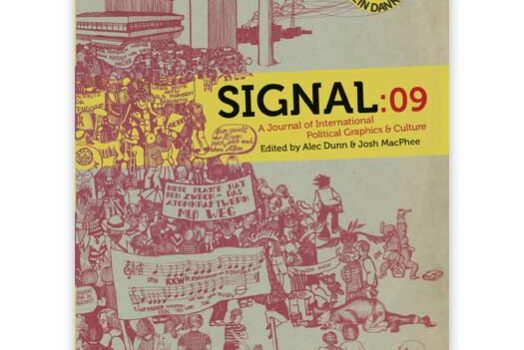
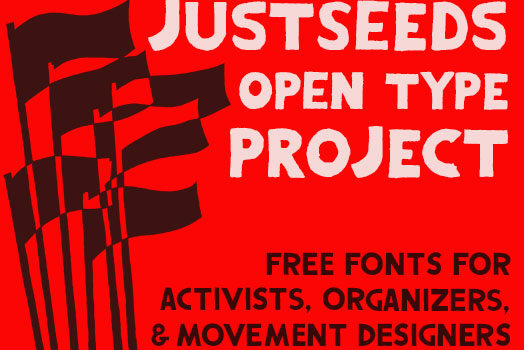
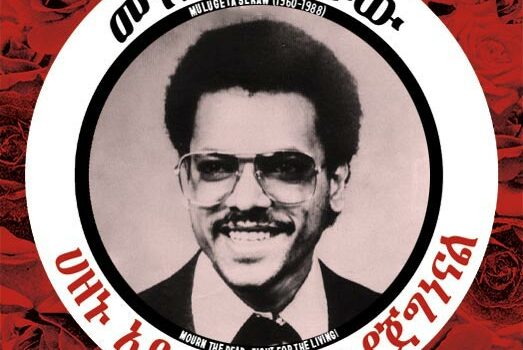

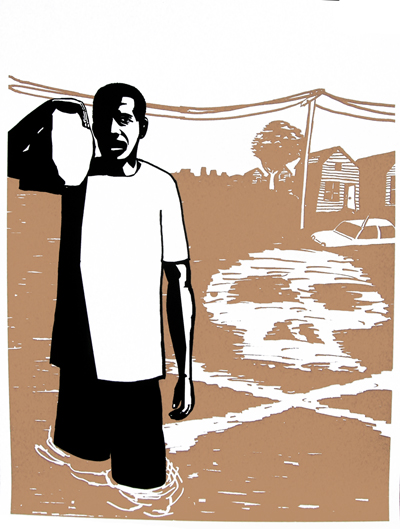
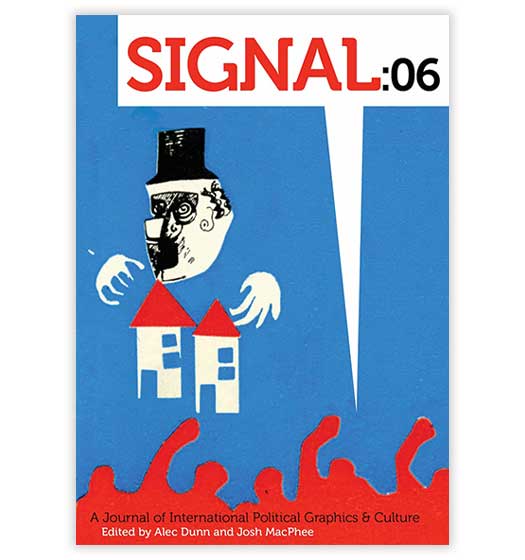
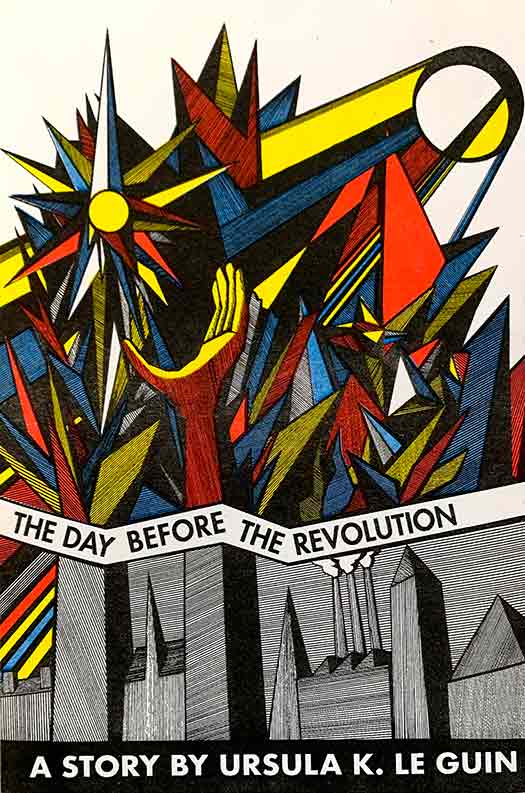

Those state-consolidated prints are so beautiful and their subject matter is so deeply fucked…they remind me of science fiction pulp novel covers from the 60’s…A strange paradise, indeed.
Thank you for sharing these works, references and ideas! I have been very attracted to and interested in the woodcuts throughout China’s history. This was very inspiring and motivating! I can’t wait to my hands on those books and would be interested in other reference suggestions. I’m off to my print studio now!
from india, like to see the work, and i also like to do woodcut.
Yes, very inspiring. Art movements are often taken in the perspective of advancements within a community. It is good to realize that art movements also have to cross geographical barriers, something the internet is certainly changing radically.
Thanks for posting this. I’ve been reading more recently about Shanghai in the 20s and 30s and the creative sparks and profound challenges created in the contact of east and west. It’s visceral stuff, as your quotation shows, and beautiful work.
China has had a long history in woodcuts and printing, the western woodcut, printed with oil-based ink, was adapted in the early 20th century by Chinese artists searching for a simplified pictorial language that would resonate with the illiterate masses. They not only created the beginnings of communist art in China, but laid the foundation of modern Chinese art in the most general sense.
Thanks for this nice review of Chinese woodcut, it’s an overlooked medium in the history of Chinese modern art. You’ve done a good job of getting the main points right.
There are a couple of newish books by Xiaobing Tang that focus on woodcut’s place in history, and a little bit more about the art’s reception and development. One is:
Visual Culture in Modern China: Paradigms and Shifts, Cambridge, 2015.
The other is older but has more on woodcut:
Origins of the Chinese Avant-garde: The Modern Woodcut Movement, California, 2007.
Tang also has a good catalog style book on the subject, Multiple Impressions.
There is also A LOT online now, cut and paste 中国版画 into your browser for a nice image search.
Thanks for your post!